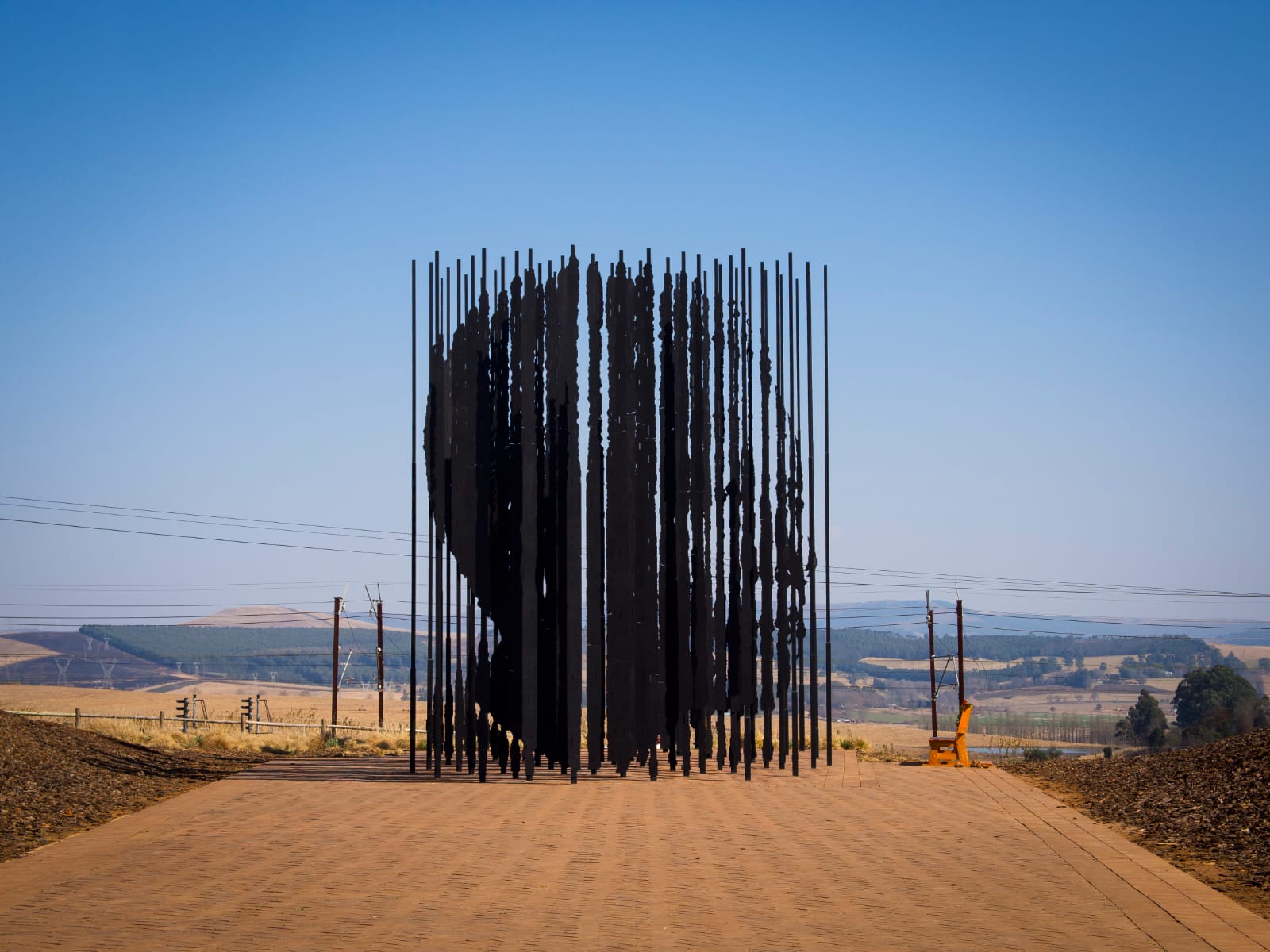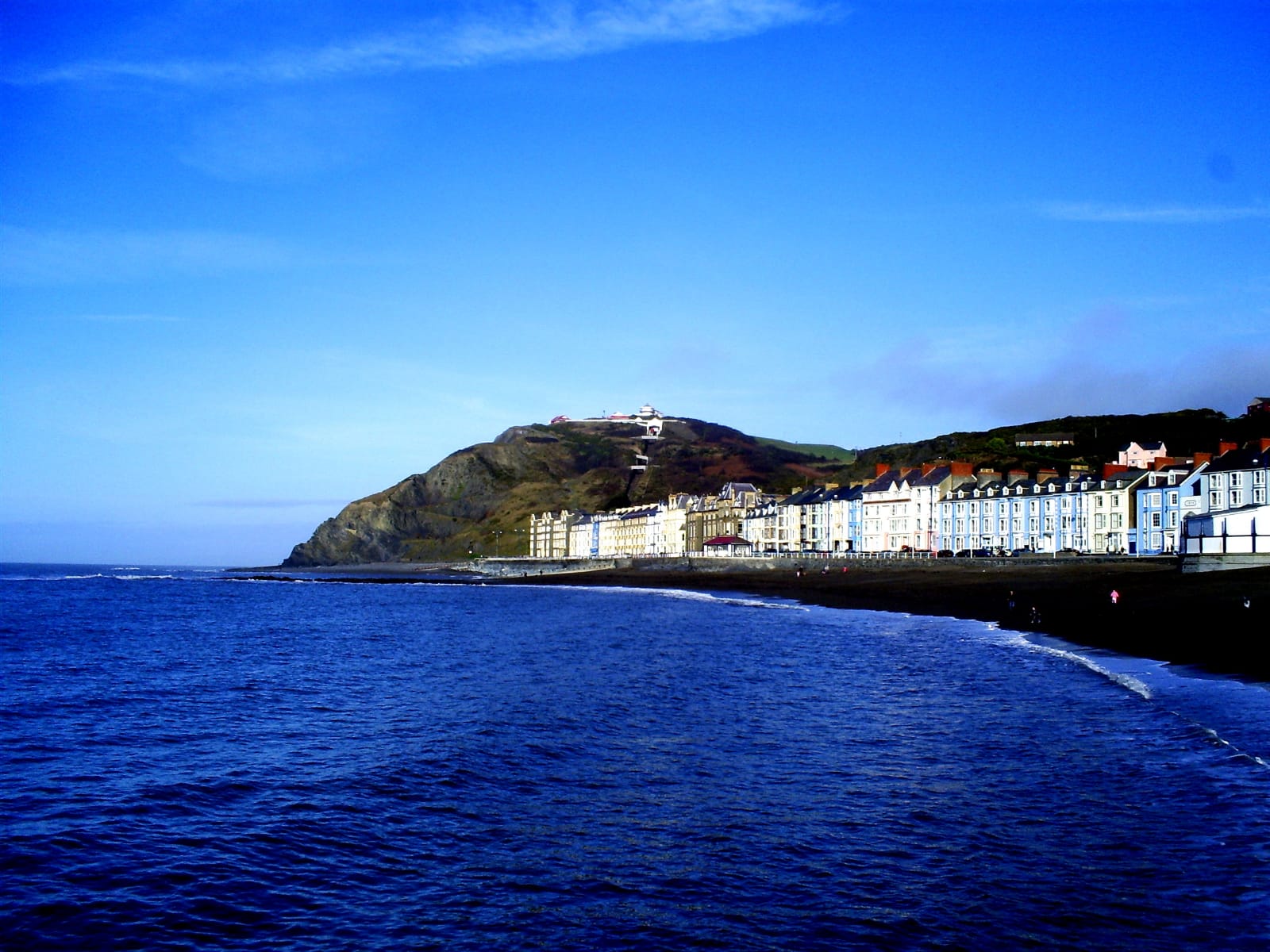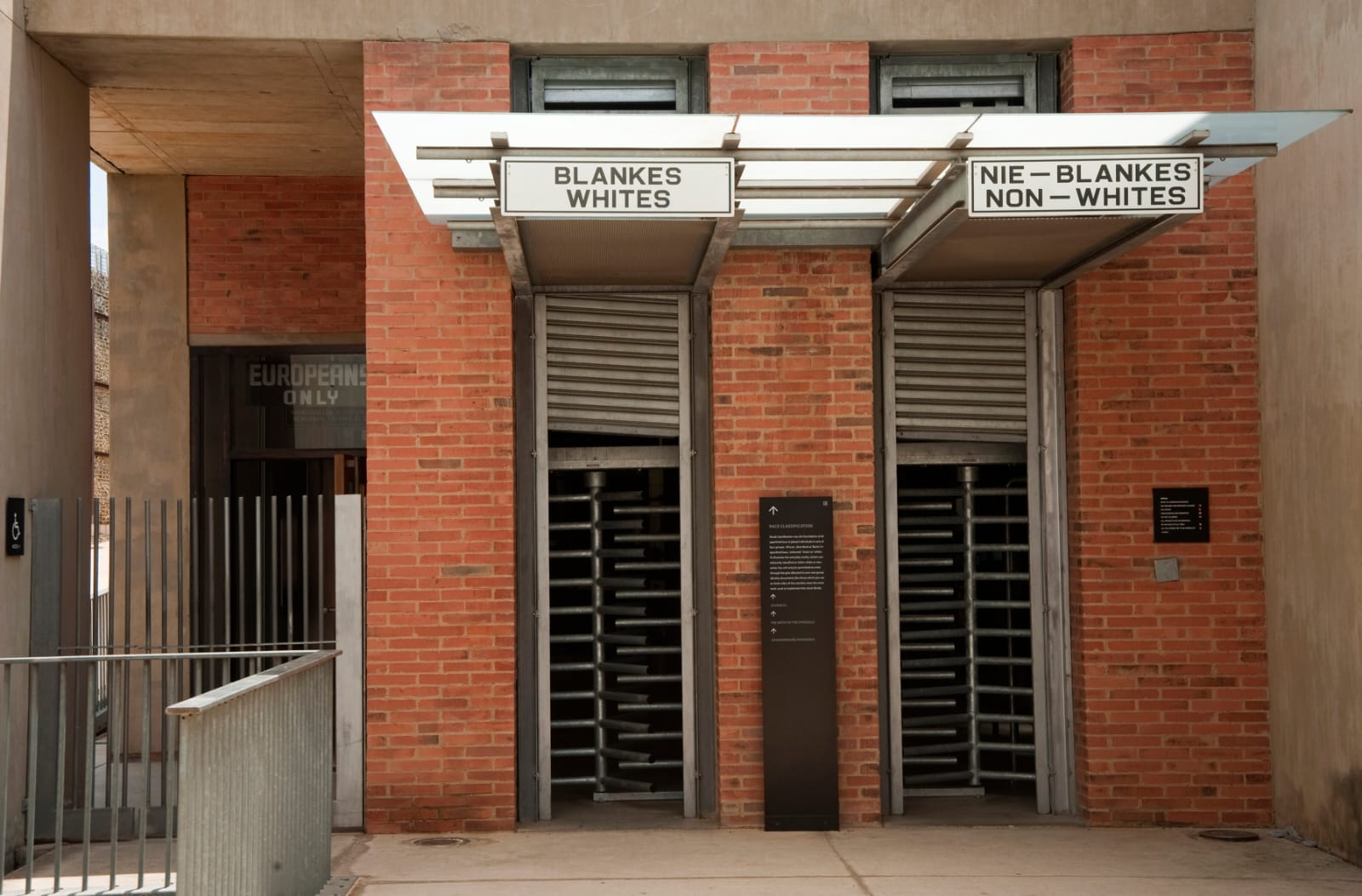
Mandela Capture Site –KwaZulu-Natal

Constitution Hill, Gauteng

Apartheid Museum, Gauteng
SA / MUMBAI, 16 DECEMBER, 2022 (GPN): Reconciliation Day on December 16 is a significant day for all South Africans – and for those interested in this intriguing country. It is the one day of the year that encapsulates the essence of the South Africa; a country that threw off the darkness of colonial oppression and apartheid and today stands on the global stage as an example of forgiveness, reconciliation and ubuntu.
Historically, two critical events occurred in the country on December 16. The first, in 1838, was the Battle of Blood River, which saw 470 Afrikaner Voortrekkers defeat a Zulu army of 10,000. The second, in 1961, was the formation of Umkhonto we Sizwe, the armed wing of the African National Congress, in preparation of intensifying the struggle against apartheid. Reconciliation Day was formally declared a national holiday in 1995, a year after South Africa’s first democratic elections, fittingly drawing together the diverse and complex strands of the country into building unity and social harmony.
Apartheid Museum, Gauteng
For an overview of the invidious depth of apartheid and the intense struggle against it, the Apartheid Museum is a must on every itinerary. Here visitors will see the aspects of apartheid that affected every black person in the country and drove leaders such as Nelson Mandela, Walter Sisulu, Lilian Ngoyi, and Helen Joseph to take action. Videos also capture the struggle within and outside the country. And, finally, there is a section on the path taken to healing the devastation caused by policies of racial discrimination.
The Apartheid Museum, situated south of Johannesburg, opened its doors in 2001 and is acknowledged throughout the world for its illustrious display of the rise and fall of apartheid. Allow yourself at least a couple of hours to soak it all in and get over an emotional, interactive, and informative visit.
Robben Island, Western Cape
The small, insignificant island off the coast of Cape Town became a global symbol of the struggle against apartheid during the years Nelson Mandela was held prisoner there. Known colloquially as The University, many of South Africa’s struggle leaders were forged in the furnace that was Robben Island. But it was not only a gaol for political prisoners. It had been a place of imprisonment since the 17th century.
Now a World Heritage Site, thousands of visitors travel to the island every year. It should be on your travel list too.
Capture Site, KwaZulu-Natal
On 5 August 1962, the police pulled over a black, somewhat nondescript, Austin Westminster just outside the small town of Howick. Inside were two men, Cecil William, the passenger, and his chauffeur, David Motsamai. Although both men were arrested, it was Motsamai who interested the police the most – they had been tipped off that the man in the car was actually Nelson Mandela. Using various aliases and disguises, Mandela had travelled widely and evaded the apartheid authorities for 17 months. With his arrest that day, Mandela was not to be free again for another 27 years.
Marking the historic capture spot stands a sculpture of 50 individual steel rods that form a magnificent portrait of Mandela as you walk towards it along a path symbolising his long walk to freedom, equality, and justice. Unveiled in 2012, the installation is the largest artwork of its kind in South Africa.
Mandela House Museum, Gauteng
Situated in Vilakazi Street, Soweto, is the humble redbrick home Nelson Mandela moved into in 1946. Mandela House gives visitors a great insight into the Mandela family. “It was the opposite of grand,” he wrote in his autobiography Long Walk to Freedom, “but it was my first true home of my own and I was mightily proud.” The house, a fitting tribute to the path South Africa’s first democratic President walked, is filled with memorabilia about the family, complete with photographs and visuals.
Vilakazi Street, a popular place to visit with its well-known eateries and street entertainment, is usually flooded with visitors, so it is a good idea to get an early start.
Constitution Hill, Gauteng
Sitting atop a ridge overlooking Johannesburg’s inner city, Constitution Hill is a living reminder of South Africa’s convoluted history from colonialism and apartheid to democracy. Constitution Hill housed a fort and a number of gaols, including one for women. It was here that passive resistors and freedom fighters, including Mahatma Gandhi and Nelson Mandela, were incarcerated. The museum has two permanent exhibitions that on the lives of both these revolutionaries. The sites of these museums – the Old Fort, the Women’s Jail, and Number Four – highlight the horrific conditions of the time, including the different treatment meted out to the different races.
Juxtaposed to the abuses exposed by the museums, stands one to the greatest symbols of South Africa’s democracy – the Constitutional Court, the country’s highest court and the protector of the South African Constitution.
Except for a few public holidays, Constitution Hill is open daily from 9am – 5pm. While you can explore the site on your own, guide tours are also available.
These are just a few of the sites worth visiting to experience South Africa’s dynamic culture and rich history.

Be the first to comment on "Day of Reconciliation: Delve into South Africa’s past by exploring these iconic landmarks"